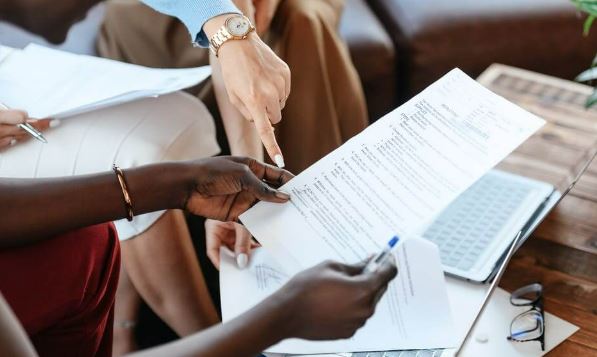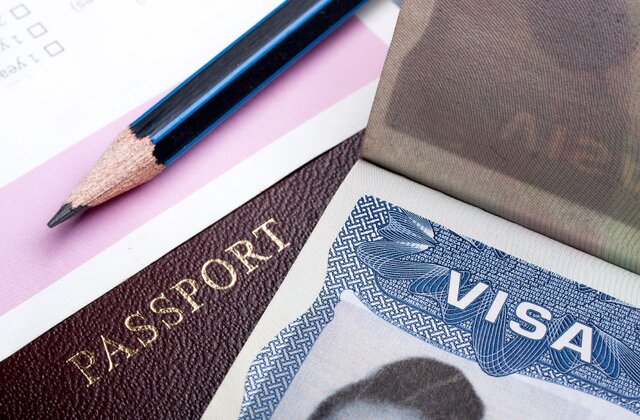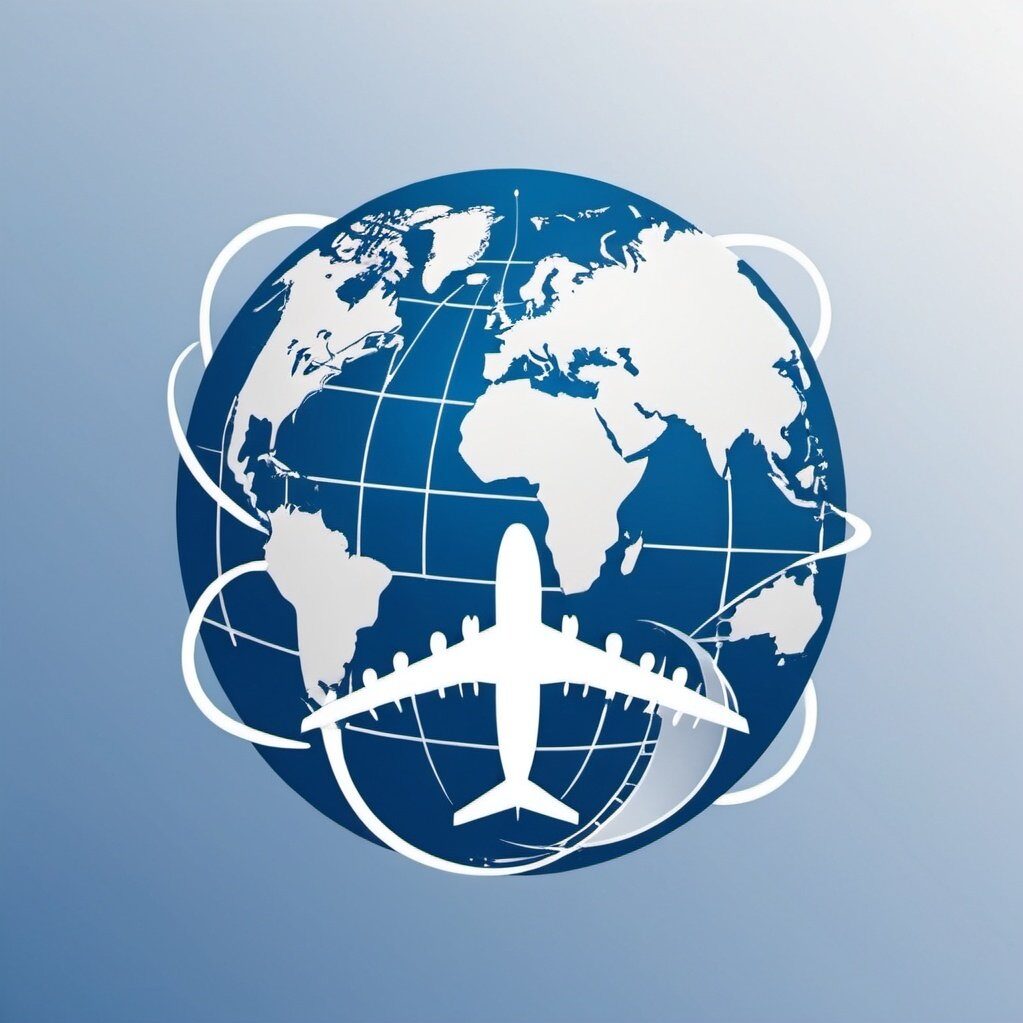
Applying for a visa can often feel like a daunting task, filled with numerous requirements, intricate forms, and various timelines to consider. This comprehensive guide aims to demystify the visa application process, offering an in-depth look at different types of visas, the application steps, common pitfalls, and expert tips for a successful application.
Understanding Visas
A visa is an official document that allows a foreign citizen to enter, stay, or leave a country for a specified period. Visas are not universally required by all countries for every traveler, but they play a crucial role in international travel. The rules and types of visas vary significantly from one country to another.
Types of Visas
There are several types of visas, each designed to serve different purposes:
- Tourist Visa: This visa allows individuals to travel for leisure and sightseeing. Tourist visas are typically short-term and may have restrictions on work activities.
- Business Visa: For those traveling for work-related purposes, a business visa enables individuals to attend meetings, conferences, or trade shows. It does not usually allow for employment in the host country.
- Student Visa: Designed for international students, this visa allows individuals to pursue education in a foreign country. Student visas often require proof of enrollment in an educational institution.
- Work Visa: This type of visa is for individuals seeking employment in a foreign country. Work visas can be temporary or permanent and may require sponsorship from an employer.
- Transit Visa: Required for those passing through a country on their way to another destination, a transit visa typically allows for a brief stopover.
- Family Visa: For family members of citizens or permanent residents, this visa allows them to join their relatives in the host country.
- Refugee or Asylum Visa: These visas are designated for individuals seeking protection from persecution or danger in their home country.
Understanding the distinctions between these types is essential for selecting the right visa for your situation, as each has specific eligibility criteria and application processes.
Step-by-Step Visa Application Process
1. Determine Your Visa Type
The first step in the visa application process is to determine which visa type is appropriate for your travel needs. Consider your primary purpose of travel—whether it’s for tourism, work, study, or family reunification—and select the corresponding visa type. Researching the visa options available for your specific circumstances is crucial. For example, if you’re planning to study abroad, ensure you understand the requirements for a student visa in your chosen destination.
2. Research Country-Specific Requirements
Every country has its own set of visa application requirements. Start by visiting the official government website of the country you plan to visit. Look for information regarding:
- Required documents
- Application forms
- Fees associated with the visa
- Processing times
- Interview requirements, if applicable
Different countries may have unique forms, documentation, and fees, so it’s vital to gather accurate information specific to your destination. For instance, some countries may have stringent health insurance requirements, while others might focus more on financial stability.
3. Gather Required Documents
Most visa applications require a range of documents. While the specific requirements can vary, common documents needed for most visa applications include:
- Passport: Your passport must be valid for at least six months beyond your intended stay. Ensure it has blank pages for visa stamps.
- Application Form: Complete the visa application form specific to the visa type. Double-check that all sections are filled out accurately.
- Photographs: Recent passport-sized photos that meet the specifications outlined by the consulate or embassy are typically required.
- Proof of Accommodation: Documentation showing where you will be staying during your visit, such as hotel reservations or an invitation letter from a host.
- Travel Itinerary: Details of your travel plans, including flight bookings and any planned activities, can help support your application.
- Financial Proof: Bank statements, sponsorship letters, or proof of employment that demonstrate your ability to support yourself financially during your stay.
- Health Insurance: Some countries require proof of health insurance that covers your stay. Ensure that the coverage meets the destination country’s requirements.
- Additional Documentation: Depending on the visa type, you may need to provide proof of enrollment in a school, job offer letters, or evidence of ties to your home country.
Gathering all required documents before submitting your application can save time and prevent unnecessary delays. It’s wise to create a checklist of everything needed to keep track of your progress.

4. Complete the Application Form
Carefully fill out the visa application form, ensuring that all information is accurate and complete. Mistakes or omissions can lead to delays or even denials. Pay close attention to details such as:
- Personal Information: Include your full name, date of birth, nationality, and contact information.
- Travel History: Disclose your travel history, including previous visas and trips, if required.
- Purpose of Visit: Clearly state your reason for travel, as this can significantly impact your visa approval.
Take your time with this step. Rushing through the application can result in errors that could complicate the process.
5. Pay the Application Fee
Most visa applications require a non-refundable fee. The amount varies based on the type of visa and the country. Payment methods and procedures differ from one country to another, so be sure to follow the specific instructions provided on the official application website. Keep a record of your payment confirmation, as you may need to present it during the application review.
6. Schedule an Appointment (if required)
Some countries require applicants to attend an interview as part of the visa application process. If your visa type mandates an interview, schedule an appointment at the nearest consulate or embassy. This step may involve additional fees or documentation.
It’s important to book your appointment well in advance, as slots may fill up quickly, especially during peak travel seasons. Be sure to arrive early on the day of your appointment, as late arrivals might not be accommodated.
7. Attend the Visa Interview
Prepare thoroughly for the visa interview. Review your application and documents, and be ready to explain your travel plans. Interviewers may ask about your financial situation, ties to your home country, and your intent to return. Dress professionally and arrive on time, as first impressions can matter significantly.
During the interview:
- Be Honest: Answer all questions truthfully. Misleading information can result in immediate rejection.
- Stay Calm: It’s normal to feel nervous, but staying calm and composed will help you communicate more effectively.
- Provide Additional Information: If the interviewer asks for clarification on any point, be prepared to provide additional information or documentation.
Practice potential questions with a friend or family member to increase your comfort level during the interview.
8. Await Processing
After submitting your application and attending the interview, you will need to wait for processing. Processing times can vary widely based on the visa type and the country. Some applications are processed within days, while others may take several weeks or even months. During this time, avoid making any travel arrangements until your visa is approved.
If your application is taking longer than expected, you may consider following up with the consulate or embassy to check on its status. Remember that patience is key, as some countries may have a backlog of applications.
9. Receive Your Visa
Once your visa is approved, you will receive your passport back with the visa stamp or sticker affixed. Review it carefully to ensure all details are correct, including your name, dates of travel, and visa type. If you notice any discrepancies, contact the embassy or consulate immediately.

If your application is denied, you may receive an explanation outlining the reasons for the denial. Depending on the circumstances, you may have the option to appeal the decision or reapply after addressing the issues cited in the denial. Be sure to understand the specific steps involved in reapplication or appeal.
Common Pitfalls in Visa Applications
Despite the best efforts, applicants sometimes face challenges during the visa application process. Here are some common pitfalls to avoid:
Incomplete Applications
One of the most frequent reasons for visa denial is submitting an incomplete application. Ensure you double-check all requirements and include every necessary document. Utilize a checklist to track what you’ve completed.
Inaccurate Information
Providing false or misleading information can lead to immediate rejection and potential bans from future applications. Always be honest and accurate in your responses.
Not Following Instructions
Each country has specific instructions for the visa application process. Failing to adhere to these guidelines can jeopardize your application. Read all instructions carefully and follow them precisely.
Ignoring Processing Times
Many applicants underestimate processing times, leading to rushed applications and potential travel delays. Always apply well in advance of your intended travel date, allowing for unforeseen delays.
Lack of Supporting Evidence
Applications lacking sufficient evidence of financial stability, ties to your home country, or other required documentation can raise red flags. Be thorough in providing proof, as this information is critical in demonstrating your intent and ability to return.
Tips for a Successful Visa Application
- Start Early: Begin the visa application process as soon as you decide to travel. This will give you ample time to gather documents and address any issues that may arise.
- Stay Organized: Keep all your documents organized and easily accessible. Consider using a checklist to track what you’ve completed. This can help prevent last-minute scrambles for information.
- Consult Official Sources: Use the official government website of the destination country for the most accurate and updated information. Third-party sites may contain outdated or incorrect information.
- Seek Professional Help if Needed: If you find the process overwhelming or complicated, consider hiring an immigration consultant or lawyer who can guide you through the process.
- Be Prepared for the Interview: Review your application and anticipate potential questions. Practice your responses to convey confidence and clarity.
- Maintain Ties to Your Home Country: Demonstrating strong ties (like family, a job, or property) can help convince authorities of your intent to return. Be ready to provide evidence of these ties.
- Keep Copies: Make copies of your application and all supporting documents for your records. This can be helpful if you need to reference them in the future or if issues arise during processing.
- Follow Up: If you haven’t received a response within the expected timeframe, don’t hesitate to follow up with the consulate or embassy. A polite inquiry can sometimes expedite the process.
- Stay Informed: Keep abreast of any changes to visa policies, especially as they can shift due to political or health-related issues. Subscribe to newsletters from embassies or consulates, if available.
- Network: Connect with others who have undergone the visa application process for advice and insights. Online forums and social media groups can be invaluable resources for gathering tips and experiences.
Conclusion
Whether you’re traveling for leisure, business, or study, being well-informed and organized is key to securing your visa and embarking on your journey. This guide aims to equip you with the necessary tools to approach your visa application with confidence.
Remember, each country has its unique set of rules and regulations, so thorough research and preparation are essential. By following these steps and tips, you can ensure a smoother application process and focus on enjoying your upcoming travel adventures. We are available to help with you with your visa application – https://relocationmobilitydeliz.online/
